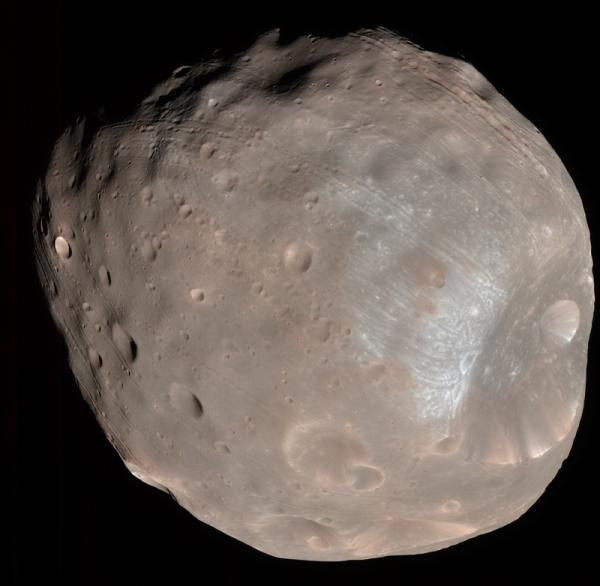
A "potentially hazardous" asteroid, 99942 Apophis, will make a cosmic fly by above Earth Jan. 9, NASA has announced
Named for the Egyptian god of evil and darkness, Apophis was first discovered in 2004, and measures about 270 meters across. The asteroid has such a large mass that the object could deliver an impact blast of 141 megatons, or more energy than 25,000 atomic bombs if it ever collided with Earth, according to Times Live.
When the asteroid was first found scientists were flabbergasted. Early calculations suggested Apophis had a 2.7 percent probability of smashing into the Earth in 2029, the highest such stat ever seen for an asteroid. Luckily, further observations quickly downgraded the risk of collision. Even with researchers refining their data though, "there is still a tiny chance of an impact" for April 13, 2036, says NASA's Jet Propulsion Laboratory (JPL), which puts the probability of collision at about one in 250,000.
Because that tiny chance still exists, "scientific interest in Apophis is acute, and it's very important to learn as much as we can about this object when it gets close enough for physical observations," says a recent statement from NASA's Jet Propulsion Laboratory (JPL) in Pasadena, Calif. Scientists expect radar observations of the asteroid, scheduled for February will better determine the orbital track analyses of Aprophis' impact chances.
"Due to the proximity of its orbit to Earth, Apophis is being considered as a potential target for both robotic and crewed spacecraft missions," the JPL statement notes.
While most asteroids are found in the belt of space between Mars and Jupiter, Apophis is a different breed altogether. The asteroid is part of a group known as the Aten family, a collection of celestial objects that spend the majority of their time inside Earth's orbit between our planet and the sun.
Researchers will attempt to glean more clues about Apophis through NASA's deep-space radars at Goldstone, in California's Mojave desert, and at Arecibo in Puerto Rico when asteroid makes its fly by Jan. 9 around 14.5 million kilometers from Earth.
"Using new measurements of the asteroid's distance and line-of-sight velocity, we hope to reduce the orbital uncertainties and extend the interval over which we can compute the motion into the future," JPL's Lance Benner said.
"It's possible that the new measurements improve the orbit to the point that we can completely rule out an impact."
Wednesday's pass will likely be too dim to spot with the naked eye and backyard telescopes, Slooh Space Camera's Patrick Paolucci said in a statement. However, Slooh's online cameras will have views of Apophis available in a webcast that evening, the site announced.
© 2025 Latin Times. All rights reserved. Do not reproduce without permission.




